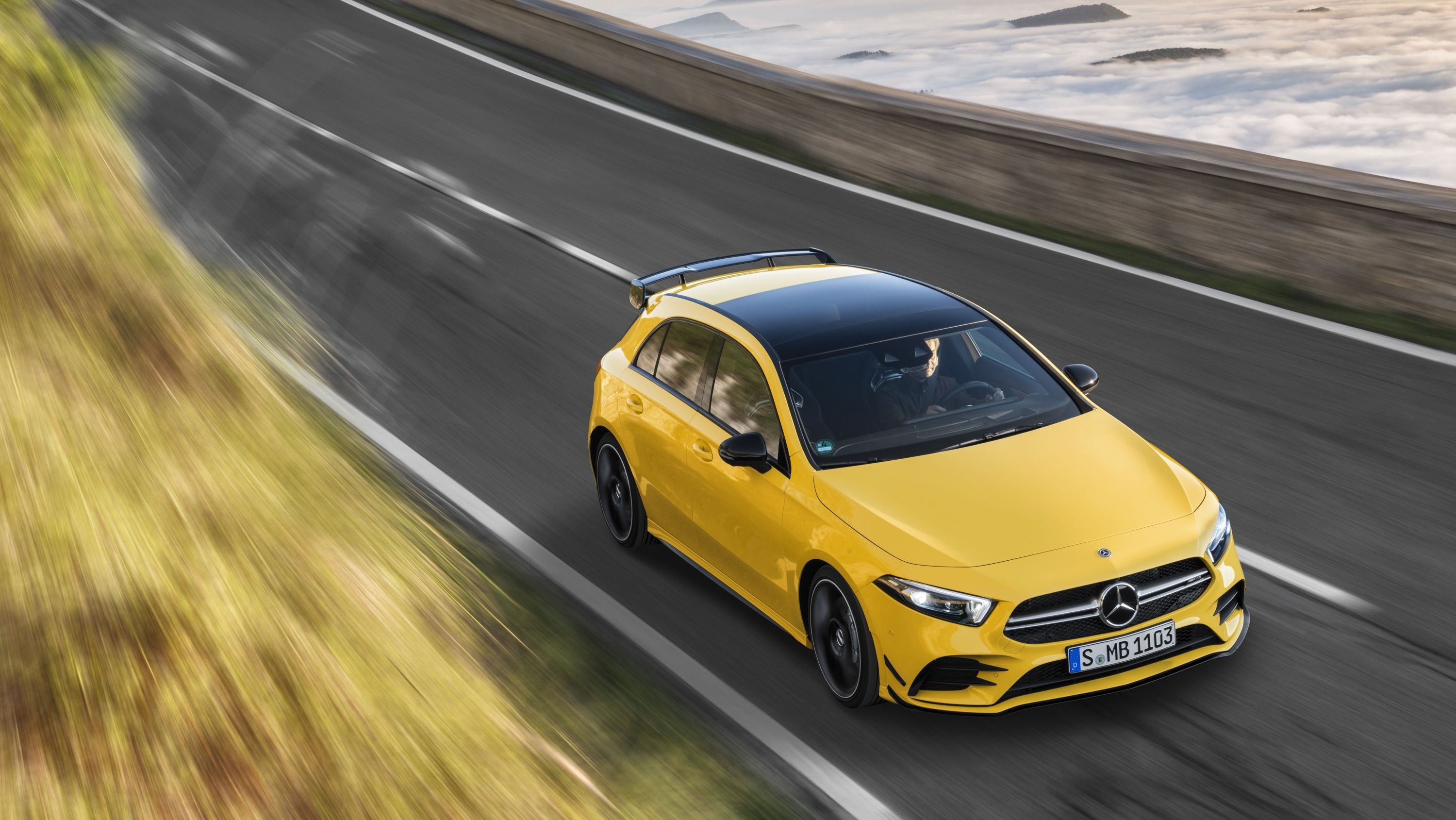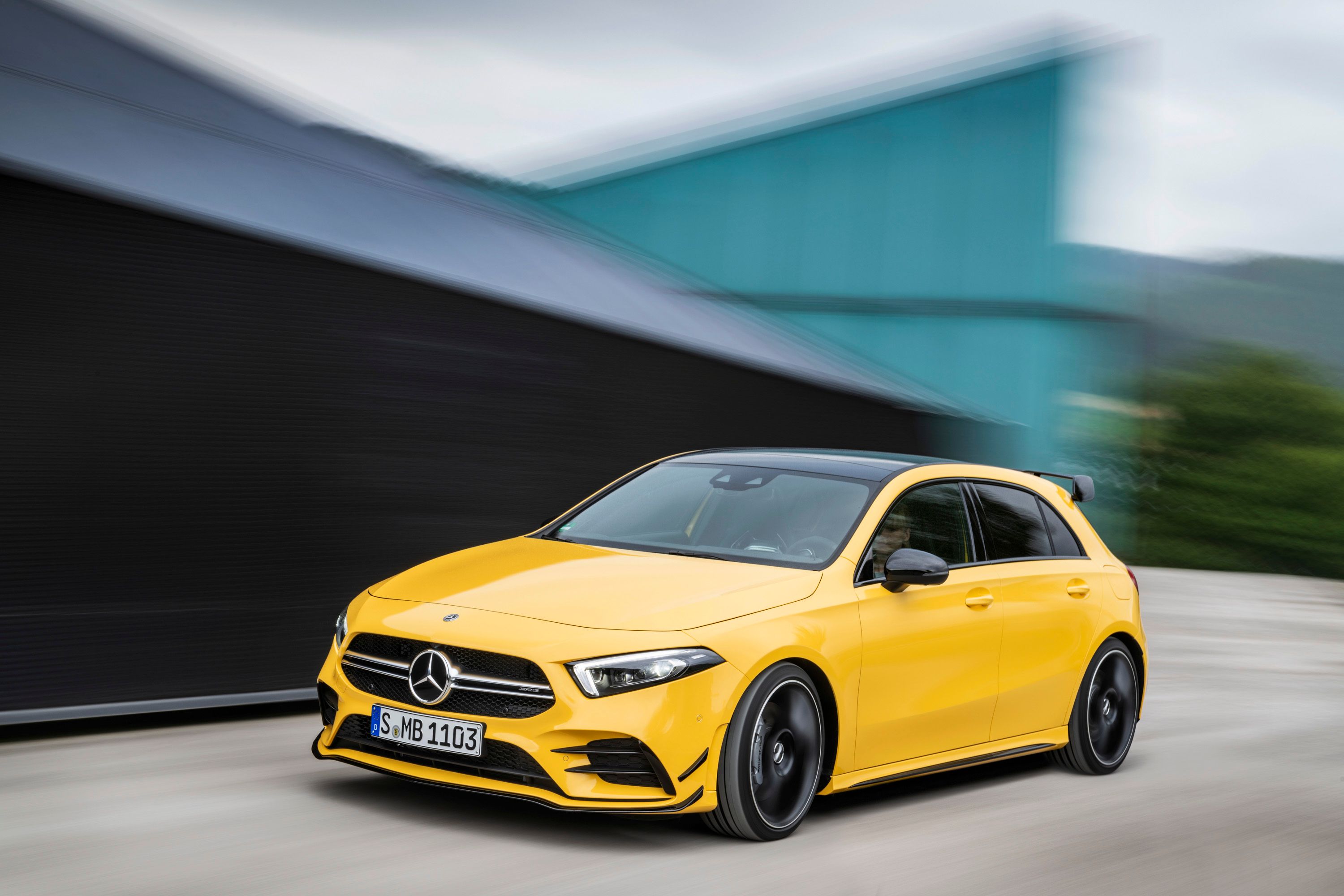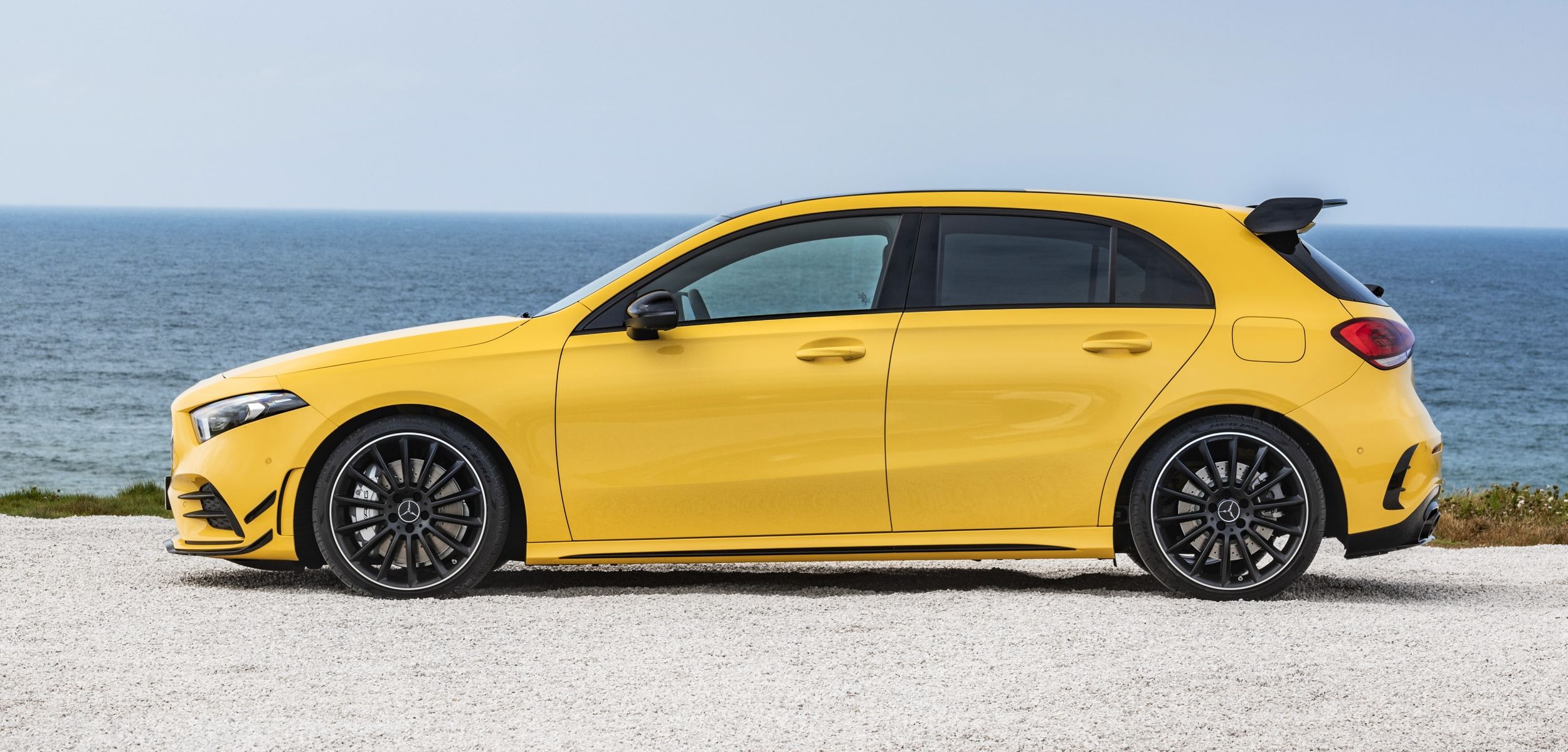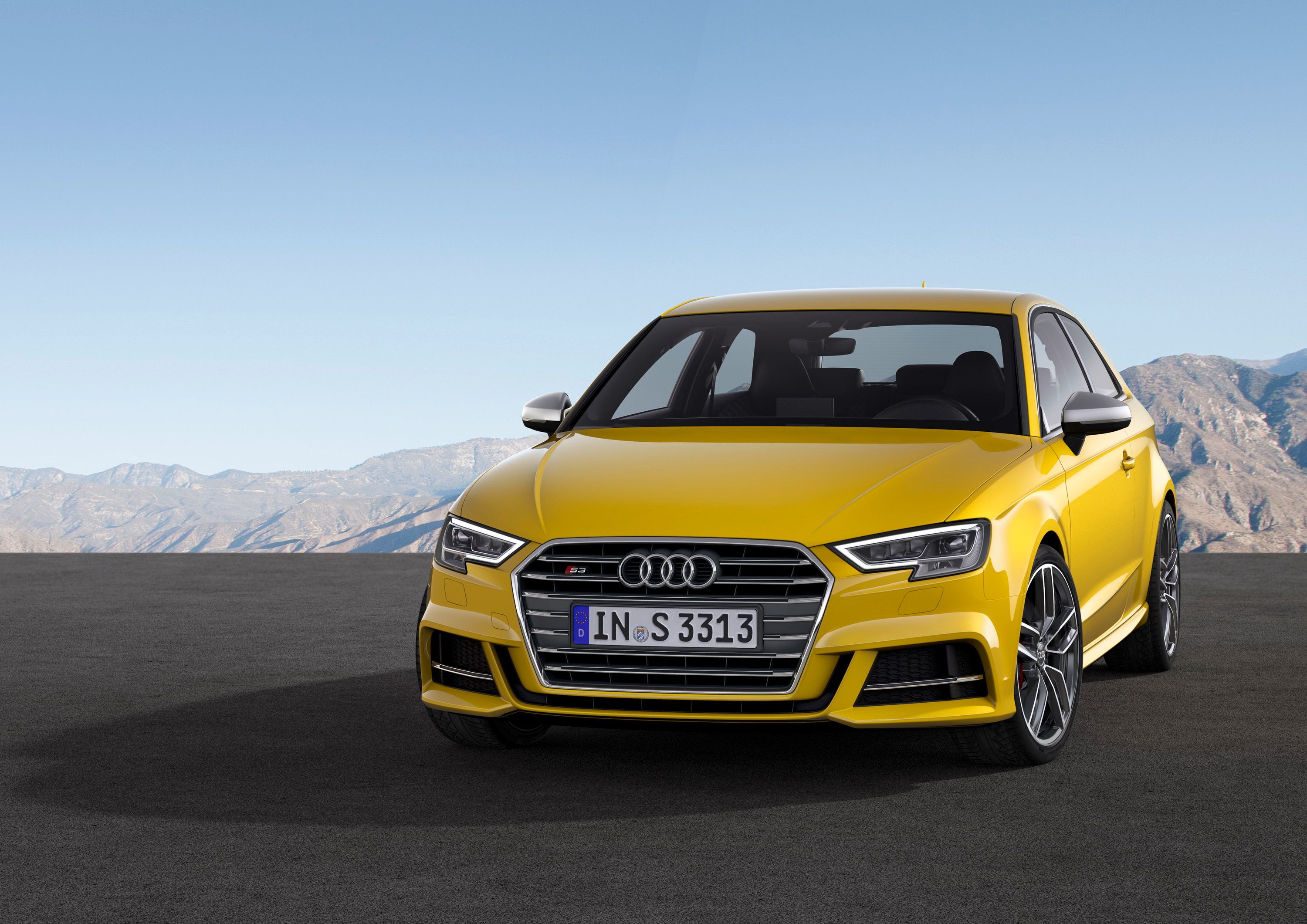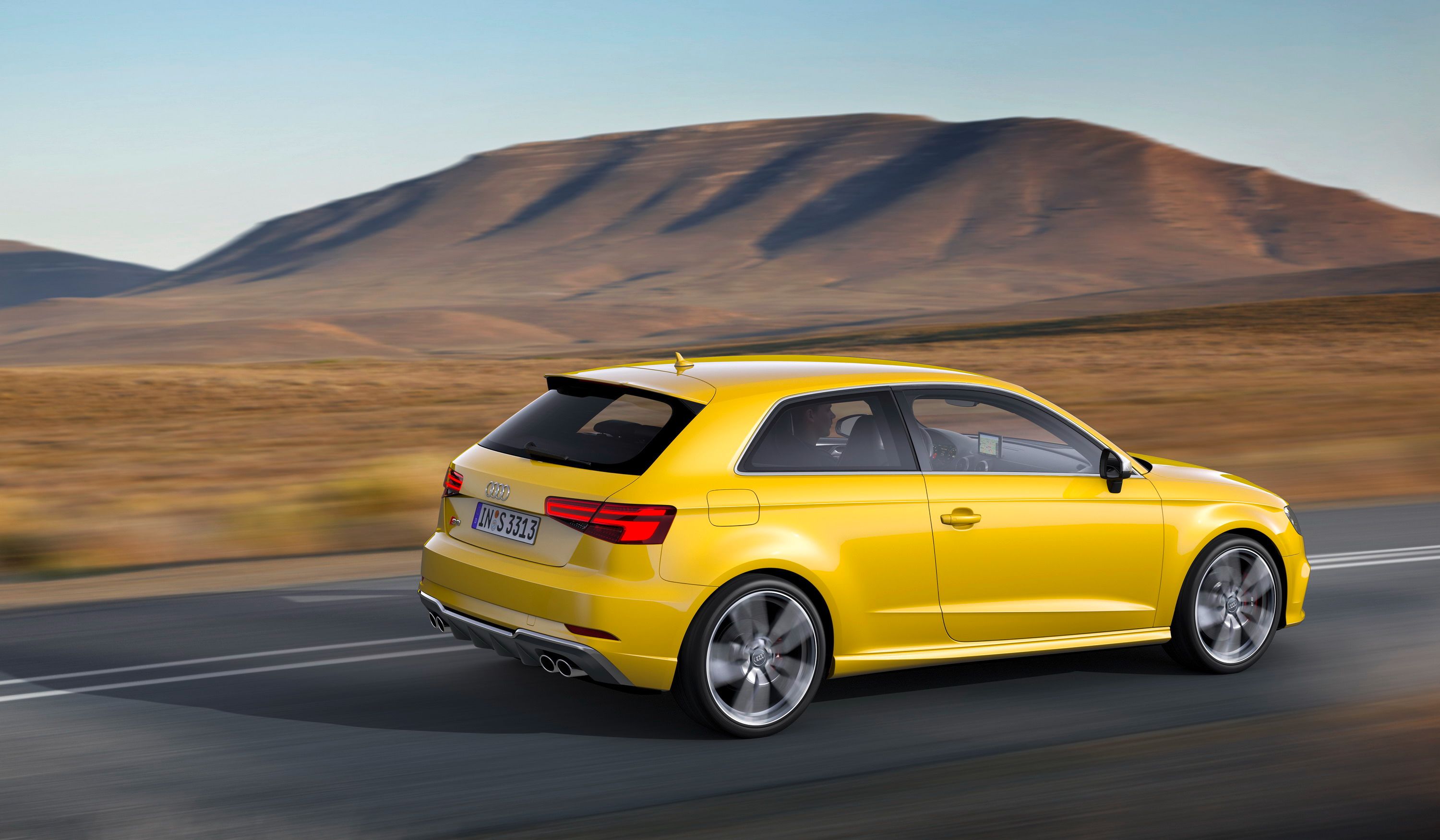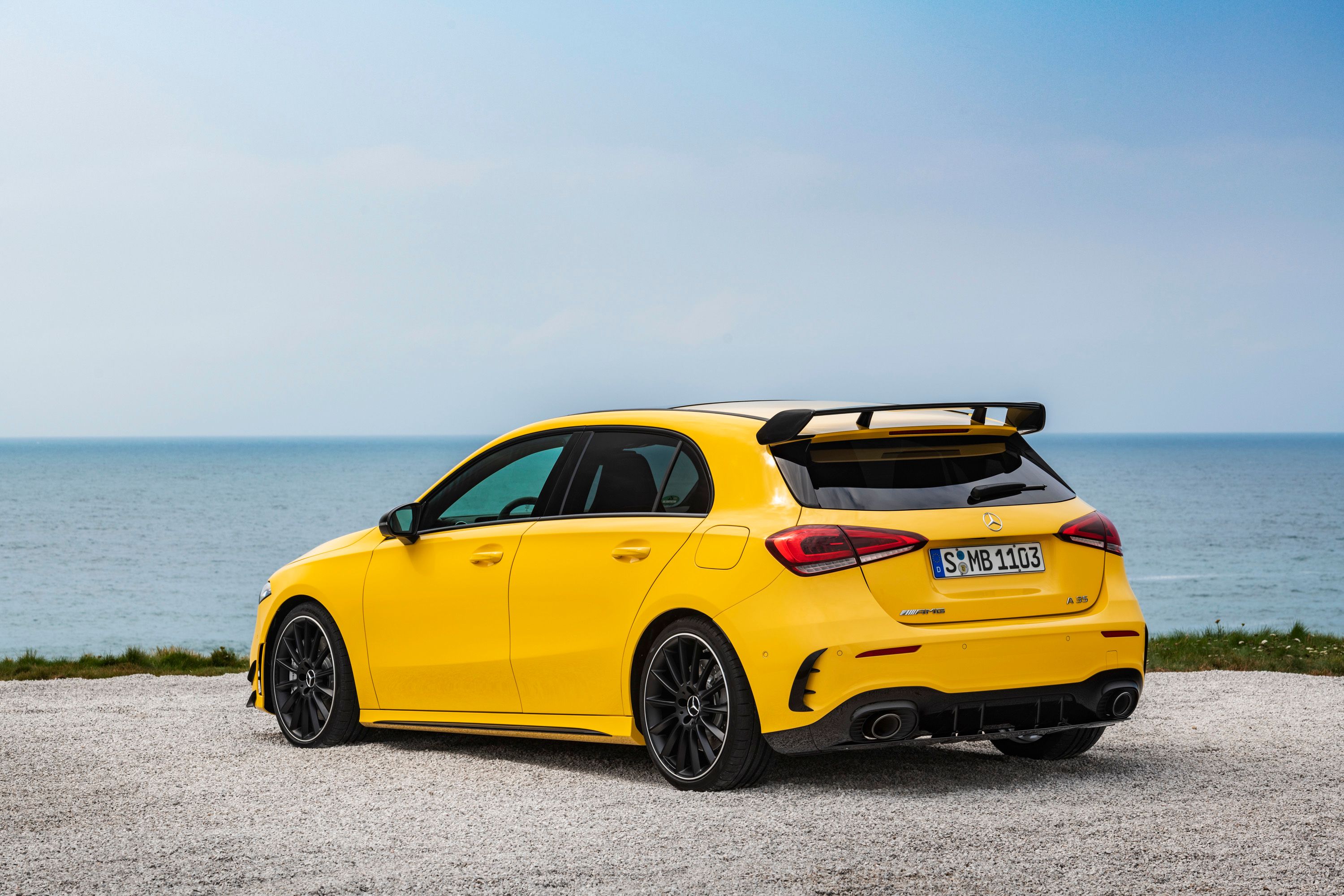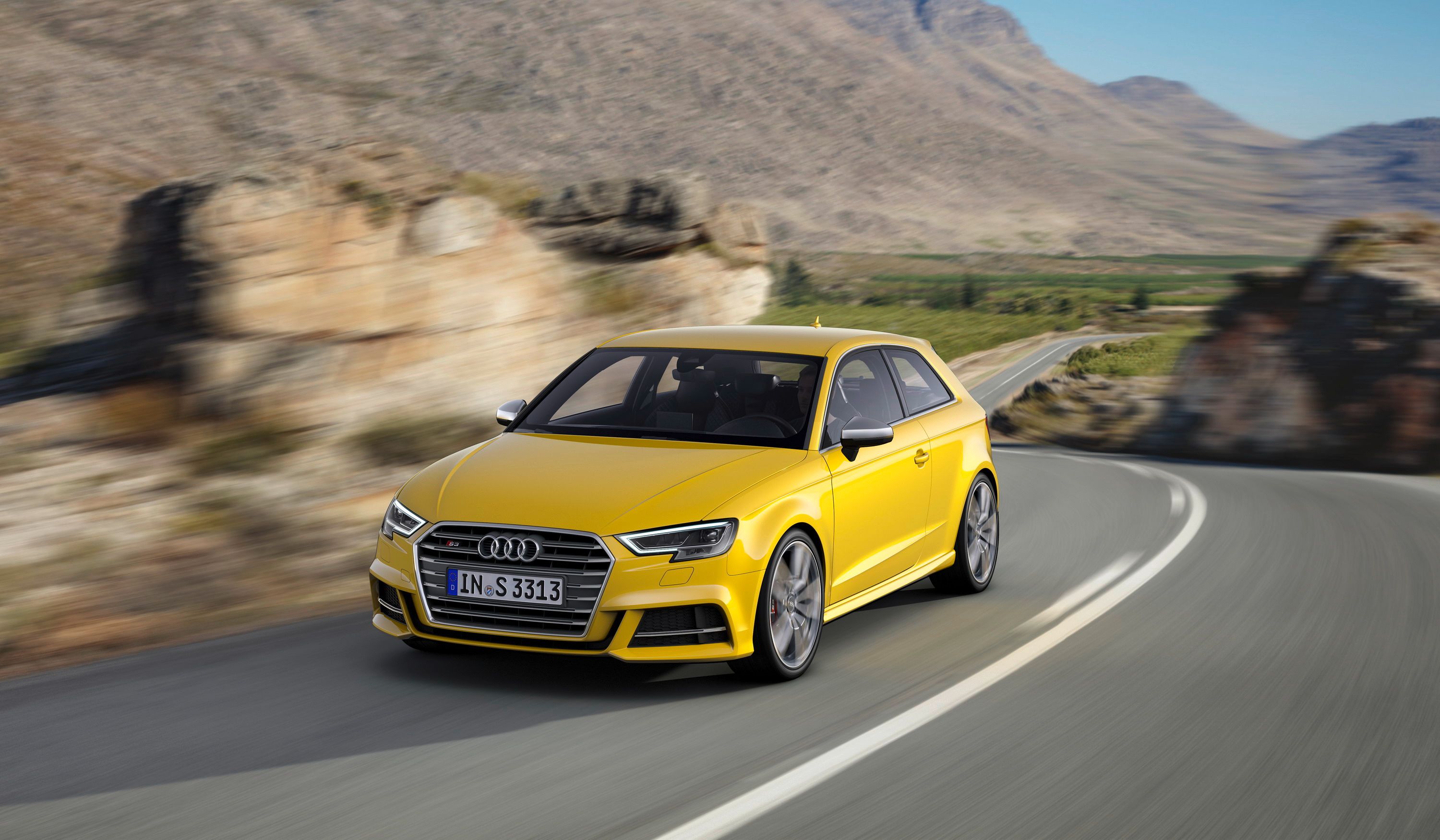When Mercedes-Benz unveiled the fourth-generation A-Class in 2018, it basically dropped a giant anvil on the hatchback market. Fitted with never-before-seen technology and infused with design cues from the bigger sedans inside and out, the new A-Class trumps the BMW 1 Series and the Audi A3 in just about every department. With a handful of models already available, Mercedes-Benz just unveiled the AMG A35. Offered for the first time, it slots above the A250 and below the upcoming AMG A45.
The A35 is Mercedes' answer to the long-standing Audi S3 and BMW M135i and arrives just when these two hatchbacks are getting a bit long in the tooth. But while the 1 Series is almost out of the market, to be replaced by a front-wheel-drive model, the S3 was facelifted recently and will be around for a few more years. That's why we decided to throw the S3 into the lion's den and find out how it compares to the new Mercedes-AMG A35.
Exterior
Both vehicles bridge the gap between their standard siblings and their range-topping performance versions, so they're basically regular model with a few sporty extras. But as it usually happens, one offers more than the other.
Front
|
|
ids=796864,796866 |
no_overlay=true> |
The Mercedes-AMG A35, on the other hand, is a bit more noticeable in a pack of standard A-Class hatchbacks. Granted, the bumper is part of the AMG Line package, which can be ordered on the regular model too, but it's significantly more aggressive thanks to the bigger splitter, the flics on the air intakes, and the small winglets on the sides. These features are also finished in black for a cool contrast with light-colored cars. The grille is also noticeably different thanks to the twin louvers on each side of the Mercedes star and the fine mesh behind it. All told, the AMG A35 is almost as aggressive as the outgoing A45 model.
Side
These intermediate models don't stand out as much when seen from the side, but there are a few extras to talk about. The S3 has a rather mild appearance package here. A quick glance reveals only slightly beefed-up side skirts, silver caps for the side mirrors (previously only offered on RS models), and new, sportier wheels. The S3 also sits a bit closer to the ground, but it's less than an inch so it's barely noticeable.
Rear
|
|
ids=796868,796869 |
no_overlay=true> |
The S3's rear end is similar to front fascia in comparison to the regular A3. Changes are mild and limited to only a diffuser-like element and a revised tailgate spoiler. Unfortunately, the spoiler isn't notably bigger, as it was just reshaped for better aerodynamics. The diffuser, on the other hand, looks aggressive thanks to the four vertical fins in the center and the two exhaust pipes integrated on each side.
Moving over to the AMG A35, the Merc is yet again the car with the most notable upgrades compared to the regular model. The first thing that catches the eye is the wing on the roof. Yes, a wing and not a spoiler.
Interior
The six-year difference between the two cars become more evident inside the cabin. While the AMG A35 benefits from a brand-new layout inspired by the bigger Mercedes-Benz models, the S3 soldiers on with the design language what Audi unveiled back in 2012.
Design
While the rest of the Audi lineup was redesigned in recent years and update to the company's new design language, the A3 remained stuck with the old cabin architecture. Naturally, the S3 sports the same features, with a handful of add-ons making it stand out next to its standard sibling. Now I'm not saying that the S3 feels dated, but it doesn't feel modern either. The fact that most surfaces are clean and the center stack isn't cluttered helps a lot, but the S3 is no match for the AMG A35's modern interior. But if we ignore the not-so-large displays and the cheap looking plastic, the S3 is a nice place to spend time in.
The AMG A35 is a completely different story.
Technology
Unfortunately for Audi, Mercedes-Benz equipped the new-generation A-Class with the best technology it has. The main highlight is the screen assembly that stretches across the instrument cluster and the center stack. It's made of two 10.25-inch displays and its identical to what you can find in the bigger C-Class and E-Class models.
The advanced steering wheel features built-in touch control buttons that can be used to intuitively select the displays of the instrument cluster and the multimedia system by means of horizontal and vertical swiping, just like on a smartphone. Optionally, it can be equipped with a round controller with an integrated display beneath the right-hand steering-wheel spoke, plus two vertically positioned color display buttons with switches beneath the left-hand steering-wheel spoke. You can use these to activate and change the AMG drive programs. Unlike Audi, Mercedes offers a special app to measure performance at the track. It's called AMG Track Pace, and it records more than 80 performance-related features while driving on a race track. It also displays lap and sector times and keeps track of reference times.
Roominess / Cargo
Both cars are roomy enough for their class, but the AMG A35 wins the battle when it comes to numbers. The Merc offers a bit more headroom for both front and rear passengers, but the difference isn't huge. Up front, the AMG A35 boasts an extra 0.7 inches, while rear passengers benefit from an extra 1.4 inches. The same goes for shoulder room and legroom, with the Merc offering between 0.5 and one inch of extra room for both front and rear passengers. When it comes to trunk capacity, the difference is a bit more noticeable. While the S3 can swallow up to 10 cubic feet of luggage, the AMG A35 offers room for 13 cubic feet. Granted, none of these hatchbacks are able to compete with the larger sedans or full-fledged wagons, but an extra three cubic feet will definitely count when you need luggage room for that long summer vacation.
|
Mercedes-AMG A35 |
Audi S3 |
|
|
Headroom front/rear (inches) |
40.31/37.79 |
39.6/36.4 |
|
Shoulrder room front/rear (inches) |
55.11/54.01 |
54.8/53.0 |
|
Trunk capacity |
13 cubic feet |
10 cubic feet |
Drivetrain and Performance
High-performance hatchbacks typically use four-cylinder engines and the Audi S3 is no exception from this rule. The facelift changed very few things under the hood.
Depending on the market, transmission choices include a six-speed manual and a seven-speed S Tronic automatic. Which gearbox you get is important, as performance varies based on them. For instance, the automatic model needs only 4.7 seconds to hit 62 mph, while the manual variant reaches the same benchmark in 4.9 clicks. As usual, top speed is electronically limited to 155 mph.
The S3's suspension is almost identical to the standard A3, with MacPherson struts up front and a four-link setup to the rear. The standard layout includes fixed dampers, but you can order adaptive magnetic components for a more dynamic ride. Power travels to all four wheels thanks to Audi's already iconic Quattro all-wheel-drive system. As a new feature, you can order an updated Electronic Stabilization Control system and a new multi-plate clutch for the AWD system.
The AMG A35 is very similar to the S3 when it comes to drivetrain components and performance. First up, AMG stuffed a turbocharged, 2.0-liter four-cylinder under the hood.
The all-wheel-drive system tuned by AMG comes standard and splits torque equally between the front and rear axles when needed. Otherwise, the AMG A35 remains a front-wheel drive car. A multi-disc clutch that is integrated in the rear axle transmission is responsible for the variable torque distribution. The suspension pairs McPherson struts at the front and a four-link axle to the back, while stopping power comes from beefed-up discs and calipers.
Final Thoughts
As I said earlier, it's almost impossible to pick a winner based on performance alone. Unless you care about manual transmissions, of course. But while the AMG A35 and S3 are identical performance-wise, they're very different in other departments. The AMG A35 looks decidedly more modern and sportier on the outside, and it boasts better technology and equipment on the inside. It also has more premium features, even if you don't go for the optional goodies. You also get a bit more room in the A35. There's not much room for debate here, mainly because the A35 is a brand-new car, while the current Audi S3 has been around for six years as of 2018.
Further reading
Read our full review on the 2019 Mercedes-AMG A35.
>
Read our full review on the 2018 Audi S3.

